Computer hard drive maker LaCie has acknowledged that a hacker break-in at its online store exposed credit card numbers and contact information on customers for the better part of the past year. The disclosure comes almost a month after the breach was first disclosed by KrebsOnSecurity.
On Mar. 17, 2014, this blog published evidence showing that the Web storefront for French hardware giant LaCie (now owned by Seagate) had been compromised by a group of hackers that broke into dozens of online stores using security vulnerabilities in Adobe’s ColdFusion software. In response, Seagate said it had engaged third-party security firms and that its investigation was ongoing, but that it had found no indication that any customer data was compromised.
In a statement sent to this reporter on Monday, however, Seagate allowed that its investigation had indeed uncovered a serious breach. Seagate spokesman Clive J. Over said the breach may have exposed credit card transactions and customer information for nearly a year beginning March 27, 2013. From his email:
“To follow up on my last e-mail to you, I can confirm that we did find indications that an unauthorized person used the malware you referenced to gain access to information from customer transactions made through LaCie’s website.”
“The information that may have been accessed by the unauthorized person includes name, address, email address, payment card number and card expiration date for transactions made between March 27, 2013 and March 10, 2014. We engaged a leading forensic investigation firm, who conducted a thorough investigation into this matter. As a precaution, we have temporarily disabled the e-commerce portion of the LaCie website while we transition to a provider that specializes in secure payment processing services. We will resume accepting online orders once we have completed the transition.”
Security and data privacy are extremely important to LaCie, and we deeply regret that this happened. We are in the process of implementing additional security measures which will help to further secure our website. Additionally, we sent notifications to the individuals who may have been affected in order to inform them of what has transpired and that we are working closely and cooperatively with the credit card companies and federal authorities in their ongoing investigation.
It is unclear how many customer records and credit cards may have been accessed during the time that the site was compromised; Over said in his email that the company did not have any additional information to share at this time. Continue reading




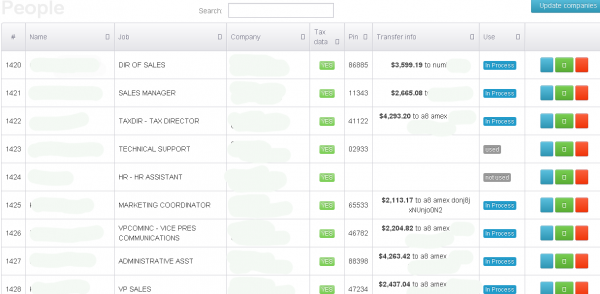
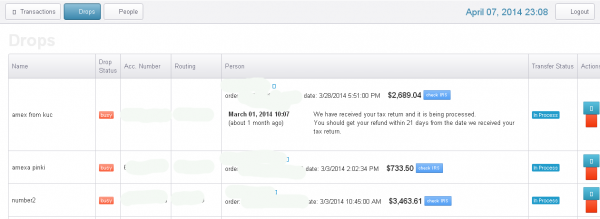


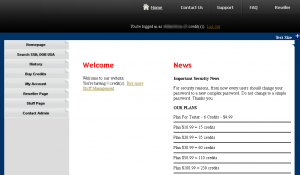
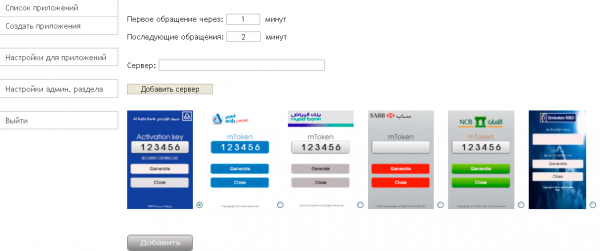
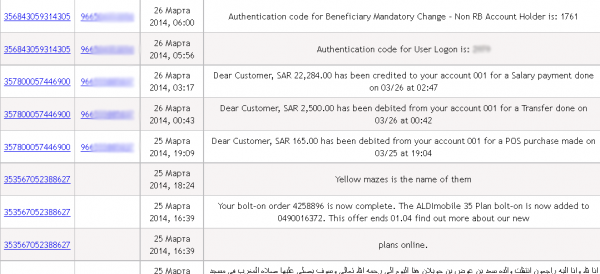

![The administration page of ssndob[dot]ru. Note the logged in user, ssndob@ssa.gov, is the administrator.](https://krebsonsecurity.com/wp-content/uploads/2014/03/ssndobadmin-600x444.png)
